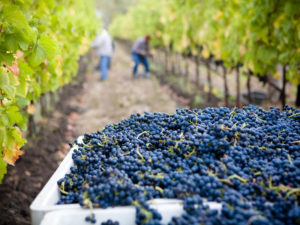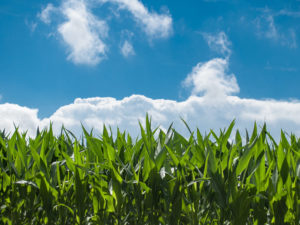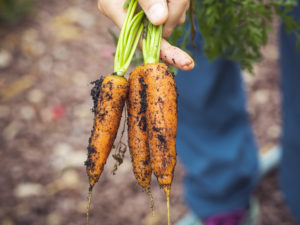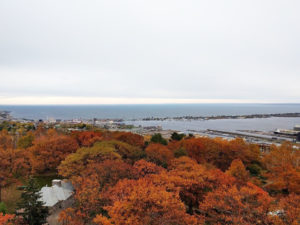Learn Indigenous Practices
It is more and more evident that modern, industrial agricultural practices are not sustainable or healthy for the environment, nor are they for the health and well-being of human societies. In fact, according to the World Bank, while Indigenous Peoples make up about 6% of the global population and occupy only about a quarter of global land area, 80% of the world’s remaining biodiversity can be found on the land inhabited by Indigenous Peoples. In addition, according to the United Nations, agriculture is one of the sectors that is most threatened by climate change, but the modern agricultural sector is also one that most contributes to climate change. Clearly, Indigenous lifestyles and food systems are much more sustainable and healthy for the environment.
In Northeastern Minnesota, traditional agricultural practices and food systems include those of the Anishinaabe, also known as the Ojibwe or Chippewa. Historically, the Anishinaabe followed a seasonal migration pattern, according to the natural availability of foods, including venison, wild rice, fish, maple sugar and corn, throughout their lands. Wild rice, known as manoomin, is an especially crucial part of traditional Anishinaabe food systems, as it is extremely high in protein and vitamins and minerals, and a source of food that often sustained the Anishinaabe when other food sources were scarce.
The cultural practices involved in harvesting and preparing wild rice are also very important to the Anishinaabe and also ensure the protection and sustainability of the wild rice beds. Wild rice is typically harvested in pairs, with one person paddling the canoe and the other, knocking rice into the canoe with sticks, a non-intensive practice, that enabled the wild rice bed to replenish itself for the next year. In comparison, modern agriculture has introduced a number of threats to wild rice beds, including pollution from industrial agriculture, invasive species, and genetically modified crops which can contaminate wild rice beds.
There are several organizations around the country and in Minnesota which are striving to restore indigenous agricultural systems and save the dwindling diversity of crops by saving, sowing and growing traditional seeds, which also typically produce more nutritious crops.
Learn more about traditional, indigenous agricultural practices by visiting these resources:
- Wild Rice and the Ojibwe
- Restoring and Recovering Indigenous Seeds in North America (focus on the Anishinaabe)
- Dream of Wild Health – Organization out of Minneapolis with farm in Hugo, MN focusing on restoring Native American health through indigenous agricultural practices
- American Indian and Diet Project – Anishinaabe and Manoomin
- The Anishinaabe Agriculture Institute
- White Earth Land Recovery Project – Initiative to restore White Earth Indian Reservation with focus on land stewardship and traditional, indigenous food systems
- American Indian Community Housing Organization’s Niiwin Indigenous Foods Market
Did you take this action? Report it!
Help us show our collective community impact by reporting that you took this action.



